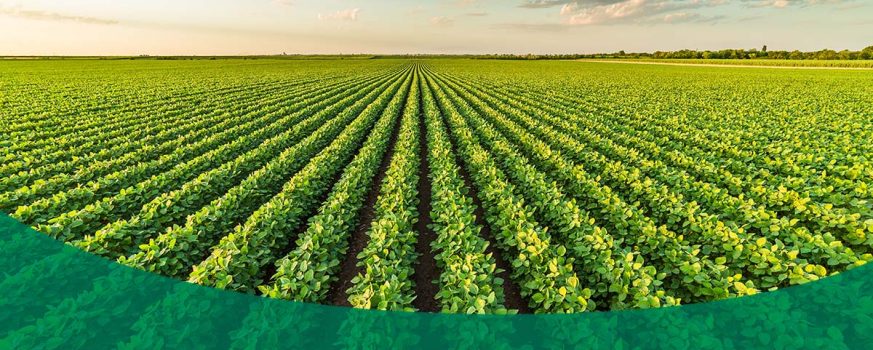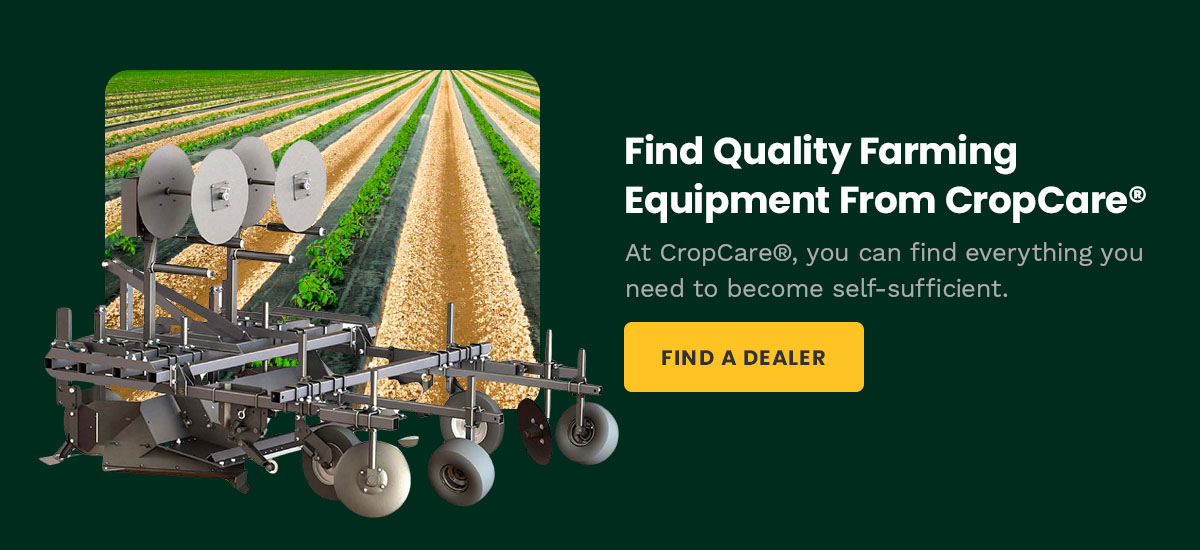
Agriculture is essential to life, and understanding the evolution of practices and technologies helps us find more ways to improve our processes. Agriculture has roots that date back thousands of years, and its development changed how people lived and paved the way for cities and civilizations to grow. Today, farming remains essential to the world’s food supply.
The road to modern technologies and techniques is rich with history and highlights the importance of sustainable practices. While there are still many challenges within the industry, there are also unique innovations and world-changing solutions that surfaced along the way. Keep reading to learn more about the history of agriculture and how it’s shaped our modern world.
First Practice
Agricultural practices may have started as many as 12,000 years ago. The Fertile Crescent, stretching from the Persian Gulf to the Eastern Mediterranean coast, was the birthplace of agriculture. Our first evidence of agriculture comes from the Levant, and it later spread to Mesopotamia. The people in this area cultivated crops including flax, chickpeas, lentils, peas and hulled barley. The land boasted fertile soil, mountains and hills in the north and two great rivers.
Several other parts of the world also began their own agricultural practices, including Central America and China. People in Central America domesticated beans and maize, and people in China domesticated pigs and rice without knowing about the earlier advances from other groups.
Meanwhile, Egyptians and Mesopotamians utilized irrigation systems to regulate river flows and ensure water availability for crops. Within 2,000 years of settling along the Nile River, Egyptians built huge irrigation systems. This strategic modification empowered people to grow food like barley and wheat, and this practice still plays a part in or informs many modern techniques. As other groups began using irrigation methods, new opportunities arose to prevent droughts and continue crop production in places where precipitation was insufficient for plant requirements.
A Shifting World
Many early groups relied on hunting and gathering methods to find food. Fungi and plant-based foods were a significant part of diets. Although some animals, such as elk and woolly mammoths, fed ancient people, hunter-gatherers also took to eating insects and scavenging dead animal remains for food sources. Over time, people began turning away from this lifestyle and turning toward farming. This shift may have occurred due to:
- Climate changes: Gradually, climate changes shifted some environments. Places may have become too cold or too dry to rely on wild sources.
- More dense populations: As groups began demanding more food, it may have become a challenge to satisfy everyone. Farming allowed for more food production and required less energy or time.
- Technology: Domesticated seeds and other new practices could have made farming a more viable lifestyle.
- Overhunting: Overhunting some animals may have caused groups to face quiet periods. This practice may have pushed some species to extinction, leaving people without options.
As people began experimenting with farming practices, there were fewer reasons to continue living a nomadic lifestyle. Domesticity empowered people to start building communities that no longer relied on hunting or foraging for survival.
Forming Civilizations
Agricultural practices drove the growth of civilizations. Abundant food supplies allowed for denser population support, and many people became tied to their land as they farmed. Over time, small settlements became towns, and towns became cities. With the availability of farm animals and plants to meet demands, there were fewer concerns about keeping a small population. Families could grow, and people could form lasting connections with those around them.
Additionally, with more stable food sources, people were able to pursue other nonessential activities and could form groups with those who shared their interests. Religious and political leaders began to rise up, and the idea of ownership took hold. Whereas hunter-gatherers shared resources with everyone, agriculture allowed people to take ownership of food, ideas, land and currency, creating unequal distributions among people. During this time, many positive and negative practices arose and shaped civilization. For example, civilizations could support more people, but labor became more gendered — many men completed fieldwork while women worked at home and cared for children.
A Growing Population
Between 1900 and about 2010, the world faced a large population boom. There were billions of more people to feed and a less-than-ideal food distribution system, leaving some populations with more food than others.
Rapid population acceleration places intense pressure on food production, leading people around the world to try and find solutions to food sharing. For example, we’re able to spread crops indigenous to some locations across the globe. Railways, shipping canals and modern machinery move vital resources across the country and to European regions. However, although modern innovations have empowered us to keep pace with the growth of the population and food supplies, there are still disparities around the world.
Modern Agriculture
Although agriculture has deep roots, the industry is still vital for our world today. Modern agriculture is constantly changing, embracing new technologies and developing more efficient practices to increase efficiency and reduce resource waste. The industry faces challenges like labor shortages and rising supply costs while aiming to find more sustainable approaches to benefit the environment.
Today’s farmers work toward advancements to produce more food for our growing world. Various technologies, including high-quality equipment and automated processes, have enabled farmers to improve their practices and feed more than eight times the number of people they could in 1940. Tractors, motorized equipment and digital practices empower farmers to move much faster and produce much higher yield quantities.
Modern agriculture also boasts innovations like synthetic fertilizers that can drastically increase crop yields. These chemicals can feed plants and better the soil, allowing healthy crops to grow abundantly. While ancient farmers would need to migrate to find ideal soils, modern technologies make it possible to start a garden or small farm almost anywhere you have the space, empowering more people to take charge of their food sources.
Find Quality Farming Equipment From CropCare®
The history of agriculture is rich and unique. Agricultural practices made a significant impact on our world and continue to be essential to our lives. At CropCare®, you can find everything you need to become self-sufficient. Whether you have a small or medium-sized farm, you can find the tools to care for your crops.
CropCare® has more than seven decades of experience manufacturing innovative and high-quality equipment to save money and time for farmers while bringing higher crop yields. Our team works to shape innovative solutions, and we want to help you find the equipment you need. Browse our extensive range of vegetable equipment, high-quality farm and lawn sprayers and more. You can also connect with our team for help finding the right equipment for your needs. We look forward to hearing from you.



